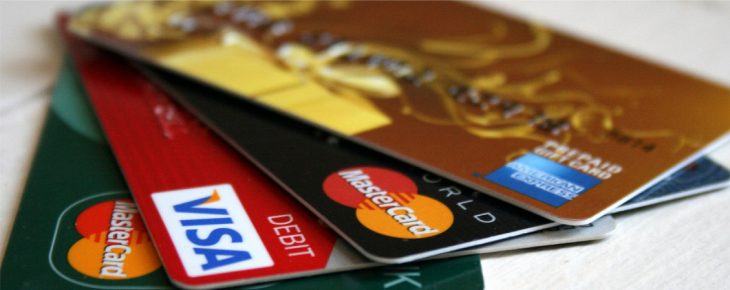Retail sales slow in July, up 15.8% compared with year ago
by August 17, 2021 1:41 pm 427 views

Retail sales slowed in July as retailers continue to face supply chain disruptions and consumers spent more on outings and less on goods. U.S. Census Bureau reported July sales overall were down 1.1% from June, but they rose 15.8% higher than a year ago.
Despite occasional month-over-month declines, sales have grown year-over-year every month since June 2020.
The National Retail Federation (NRF) said increased COVID-19 vaccinations allowed consumers to shift some spending toward travel last month despite the delta variant.
“Despite this monthly dip, the economy has rebounded quite well and is more than just on the mend,” NRF Chief Economist Jack Kleinhenz said. “The consumer has continued to be resilient and recent price increases brought on by constraints in the supply chain have not dampened the robust demand seen during the past year. If retailers could find more inventory, they could sell it. Going forward, consumers are a bit fearful again as we approach another possible wave of COVID-19 infections, but they’ve learned to live with the virus and shopping continues. The delta variant could impact local markets, especially where vaccination rates are low, but doesn’t appear likely to show up in the national data.”
The shift to spending on services was expected as more of the economy reopened, and this year’s move of the Amazon Prime Day promotion to June may have siphoned off some sales that normally come in July. Kleinhenz said consumer finances are in good shape with a cushion from paying off debt and building up savings. Employment and wages have seen recent back-to-back increases, and advance child tax credit payments going out for the second month in a row should provide a bump for spending. Back-to-school spending contributed to July’s results and is expected to spill over into August.

Matthew Shay, NRF CEO, said there are many challenges for the retail industry from supply chain disruptions and unfilled job openings to the unknowns about the delta variant impacts. That said, he believes the consumer and broader economy remain strong.
“We remain optimistic that the strength of the American consumer and ingenuity of the retail industry will produce continued growth heading into the fall. We encourage people to get vaccinated as soon as possible to stop the spread of the virus and to keep our economy growing.” Shay said.
Following are July sales by retail category as measured by the U.S. Census Bureau.
• Clothing and accessory sales fell 2.6% from June, up 45.8% year-over-year
• Electronics and appliance sales were up 0.3% from June, up 23.4% year-over-year
• Furniture, home furnishings sales were flat from June, up 15.6% year-over-year
• Sporting goods sales were down 1.9% from June, up 14.5% year-over-year
• General merchandise sales were flat from June, up 12.4% year-over-year
• Health and personal care sales were flat from June, up 8.4% year-over-year
• Building materials, garden sales fell 1.2% from June, up 5.3% year-over-year
• Online and other non-store sales fell 3.1% from June, up 3.7% year-over-year
• Grocery and beverage sales fell 0.7% from June, up 2.9% year-over-year
• Gasoline station sales rose 4.6% from June, up 8.49% year-over-year
• Restaurant, bar sales rose 5.9% from June, up 6.19% year-over-year
